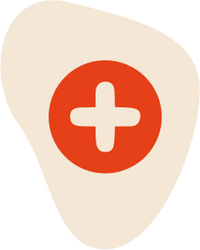Central Line?
A simple introduction to intravenous catheters,
their uses and how they work.
What it is used for
DRUG INFUSION
Long-term infusion of drugs and/or chemotherapy
MONITOR ATRIAL BLOOD PRESSURE
A direct measurement of blood pressure,
often used in intensive care units
BLOOD SAMPLING
Used in patients that require emergency venous access in
which sampling from peripheral veins can’t be obtained
Anatomy

Catheters can be interested through a peripheral vein (eg arm/leg) or,
more commonly a central vein such as the jugular or subclavian (chest).
TYPES OF CATHETERS USED
PICC
Usually inserted from the arm and
“tunnelled” to the heart
CENTRAL LINE
“Tunnels” through the chest, into the vein and onto
the heart. Also known as a Hickman® or Groshong® line
PORT-A-CATH
A small port that is installed beneath the skin
CONDITIONS THAT MAY REQUIRE A CENTRAL LINE

Dialysis

CRITICAL CARE

Heart surgery

Cancer
Central lines are inserted in a range of clinical settings
by radiologists, anaesthetists, nephrologists,
oncologists, surgeons, general physicians and paediatricians.
LONG TERM USE ASSOCIATED WITH COMPLICATIONS

INFECTION
Wearing a visible catheter draws attention to a child’s illness and can affect their sense of self

MENTAL HEALTH
40% of primary blood stream infections were related to a centralvenous catheter

PULLING THE LINE
Children risk accidental removal or damage in their everyday movements or interactions with others
The experience from the families we work with directly shows CHOOB TOOB can
significantly help in all of these areas.
To hear their stories and read first-hand
reviews

